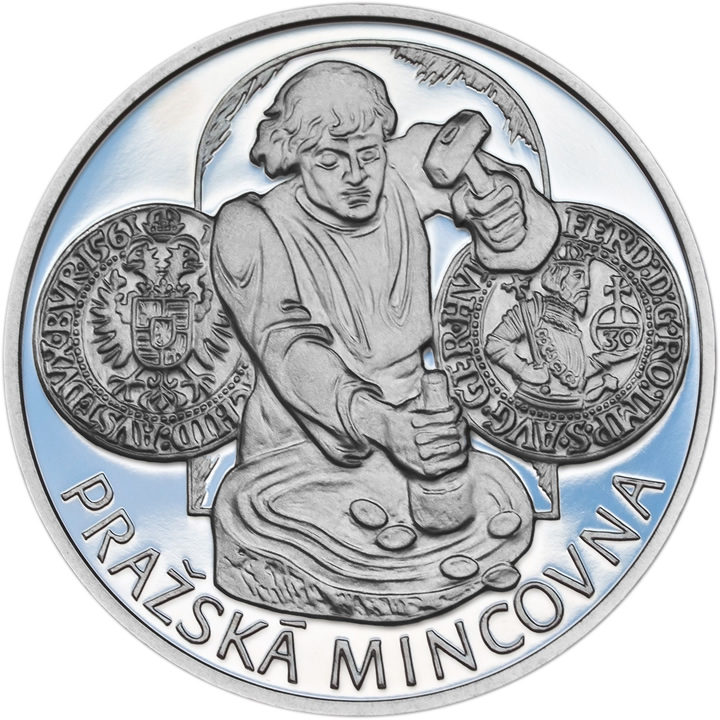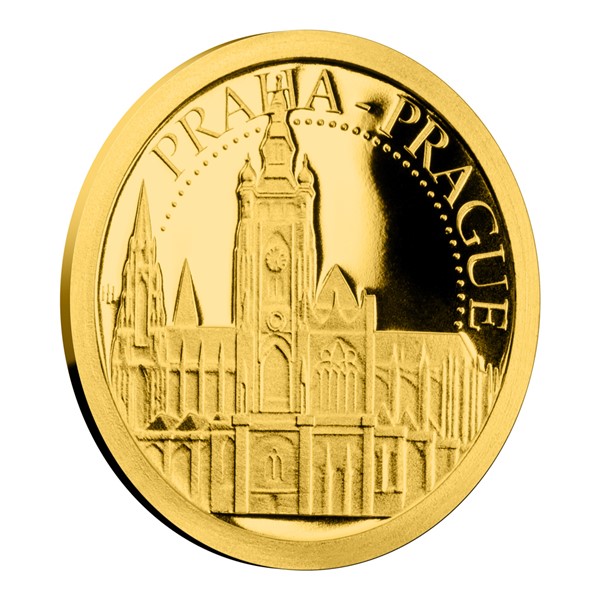Free Ideas On Laser Processing Prague Mint Coins
Wiki Article
How And Why Is A Plaster Model Scanned To Create A Digital 3d Model Of Gold Coins Or Medals?
Scanning a maquette to scan gold coins and medals needs special equipment. It is able to capture all dimensions of the model, including details and physical features of the model. Digital replication serves a variety of reasons in the process of production. How the Scanning Process Works
3D Scanning High-resolution scanners record physical dimensions and detail of the plaster model. The scanners use a variety of techniques to record precise measurements.
The scanner will emit beams of light or lasers onto the surface plaster models. The scanner captures these reflections and distortions. This information is then used to create models.
Data Collection - As it moves along the surface of the models in plaster the scanner collects a large number of information points. These data points are then utilized to create an electronic model of the model including its contours, geometry details, and contours.
Conversion to 3D Model: The data points are then reconstructed using specialized software. This model resembles the physical dimensions and characteristics of the maquette.
The reasons to create the Digital 3D Model
Digital 3D models are accurate in reproducing the dimensions and details of physical models. This precision is crucial in order to ensure that the gold medals or coins are in line with the original model.
Digital models are easily modified and improved. Designers can modify the 3D model, without changing the original plaster maquette. This permits iterative corrections or improvements.
Compatibleness of Digital 3D Models with Manufacturing Processes. Digital 3D model are compatible with a variety of manufacturing techniques, such as CNC machine.
Digital 3D models can be utilized to preserve and document the design. Digitally stored 3D models may be used for future reference, reproduction or historical documentation.
By scanning plaster models and creating 3D digital model designers and manufacturers can streamline their production processes and ensure the accuracy of reproduction and use advanced manufacturing techniques to make gold coins and medals with a high degree of precision and fidelity. See the recommended Scanning and 3D Modeling Prague Mint gold coins more examples. including 1oz of gold, 1 0z gold, gold piece price, sacagawea gold dollar, 2000 p gold dollar, purchasing silver bars, coin buy silver, oz gold bars, gold coins coin, buy silver & gold and more.

What Is The Process By Which Janvier Transfer The Gold-Colored Design Of A Coin Or Medal That Is On The Master Hub Into Working Hubs?
A Janvier machine is also called a pantograph or reduction machine. It's employed to transfer the designs of a coin or medal from a master to a working center. This article will provide an overview of how the Master Hub Creation works.
The master hub is the first coin, medal or coin mold. The master hub is typically produced with CNC methods of machining or other techniques to ensure accuracy.
Janvier Machine Setup
The Janvier Machine consists of two components: a stylus to trace the design, and a tool that cuts out the design.
The master hub is mounted on the Janvier machine, serving as a template to which the design will be transferred.
The Design-
The stylus on the Janvier machine follows the contours and details of the design that is on the master hub. When the stylus is moved along the surface of the master hub, it captures the design's contour.
Reduce the Design
The Janvier machine also replicates the pattern traced onto the hub that is in use. The hub is usually composed of softer materials like steel or nickel, than the master hub.
The cutting tool reduces or duplicates the design onto the working hub at a smaller scale or reduced size compared to the master hub. This is essential to the process of minting since it allows the striking of coins or medals in the exact size.
Accuracy and Precision
Janvier's machine operates with precision, ensuring an accurate transfer from the master hub onto the hub that is used for work. It faithfully recreates the most intricate details and contours.
Quality Control
Inspections and quality checks are conducted to confirm that the design transferred matches the specifications and accuracy required for the process of striking.
Further Processing
The hub of work created by the Janvier machine is used as a tool in the striking of medals or coins process. It serves as a die or mold to make multiple medals or coins blanks that have the transferred design.
The Janvier machine plays an important role in the minting procedure by allowing the exact replication and resizing of intricate designs on coins or medals from a working hub to a master hub. The working hubs are utilized in the mass production of coins or medals through the striking process. Take a look at the recommended janvier processing Prague Mint gold medals website recommendations. including gold dollar coin 2000, krugerrand, buy gold bullion, buy gold bars, gold coin store near me, george washington gold dollar, 100 grams gold biscuit, five dollar gold piece, gold dollar, 1 10 gold eagle and more.

How And Why Is It Possible To Create Certain Textures Or Finishes Like Matte Or Textured Surfaces?
Sandblasting is an effective technique for creating rough or matte surfaces on silver or gold coins and medals. This article explains how and why this method is used.
Surface preparation. The coin or medal is placed inside a chamber with an air-compressor connected nozzle. The chamber is usually sealed to keep the abrasive used to prepare the surface.
Abrasive Materials Selection - At high speeds, tiny particles of abrasive substances, such as silicon carbide (sand), glass beads, or aluminum oxide are propelled onto the surface of the medal or coin.
High-Pressure Propeller - The abrasive particle is propelled onto the surfaces by compressed air. The texture of the surface is created by the force and speed of the particles.
Texture creation - By altering the surface's topography by the effect of the abrasive particle, the texture is created. This process lets you roughen specific areas, or create a texture that is similar across the entire surface.
Controlled Application - Sandblasting intensity length, duration, angle and application can be adjusted to produce different textures or surfaces. Different pressure levels, abrasives and abrasives result in different outcomes.
Sandblasting for various reasons
The process of sandblasting permits the creation of various types of textures and surfaces, such as mattes, frosted or grainy surfaces. This adds visually appealing features and distinctive characteristics for the coins or medals.
Aesthetic Enhancement- Sandblasting alters surface appearance. It diffuses light reflections and reduces the shine. This increases the appearance of a coin or a medal. Matte finishes may help to emphasize certain particular design elements by reducing the glare.
Anti-Glare properties - By using sandblasting, a matte or textured surface can be made. This reduces glares and reflections. The medals and coins look more appealing and easy to read with no light interference.
Sandblasting creates contrast in design Elements Sandblasting can create a contrast between the texture and polished areas on the medals or coin, highlighting certain design features or adding visual depth.
Sandblasting can be customized to allow for artistic expression and permits medals, coins, or other items to be created with specific textures or finishes to the style.
Sandblasting is an ingenuous technique that can be utilized on gold coins to achieve different textures on the surface. It also improves the overall aesthetics of the medals. Check out the best sandblasting Prague Mint gold coins more info. including sovereign british coin, 2000 gold dollar, buy gold bars, coin gold silver, british sovereign gold coin, olympic games gold medal, gold coins for sale near me, one ounce of gold, gold bars price, buy gold biscuits from bank and more.

What Are The Methods Used To Have Gold Coins Or Medals Inspected For Quality To Ensure That They Meet The Specifications??
After being mint gold medals or coins, they undergo rigorous quality checks to ensure compliance with specifications, accuracy, and surface quality. The quality checks are comprised of many steps.
The inspectors inspect the medal or coin visually to identify flaws on the surface imperfections, blemishes, or flaws. They will look for any markings, scratches, or other irregularities which could impact the appearance or value of the coin.
Weigh and Dimensions
Each coin and medal is weighed to make sure it conforms to the specified dimensions in terms of weight, thickness, and diameter. Any deviations could signal a quality issue.
Metal Purity & Composition
Using X-rays (XRF) as well as chemical analysis, or any other methods of testing to confirm the gold content and purity of the coins or medals. This ensures they meet the minimum gold content as well as quality standards.
Edge Inspection
Inspections are conducted on the edges to look for any flaws, irregularities and reeding. The edges of the medal or coin is an essential area for adding security features and design elements.
Strike-Quality
It is crucial to evaluate the quality of each piece, such as the clarity and sharpness of the design, relief and overall look. This will ensure that the pieces are all consistent.
Minting and proofing mistakes
To determine if there's flaws, imperfections, or other discrepancies, a careful examination is conducted on proofs that are specially crafted coins.
Packaging and Presentation
The quality inspections also extend to the packaging and presentation of coins or medals to ensure that they are properly sealed and stored in cases or holders that are free of any damage or contamination.
Random and Sampling Checks
To ensure that quality is consistent To ensure consistency in quality, random sampling or checks on batches are conducted.
Documentation and Compliance
All quality checks must be documented to comply with all regulations, certification requirements, and minting standards. These records are used to prove the authenticity of the coin and its quality.
Rejection of Pieces that aren't Conforming
Rejecting coins or medals that don't meet quality standards is a great method to guarantee the integrity and quality of the product.
By conducting these comprehensive quality tests, mints and certification authorities make sure that gold coins or medals meet the required standards in terms of purity, accuracy as well as appearance and value, reassuring collectors, investors, and the general public of their high-quality and authenticity. Check out the most popular Czechoslovakia gold coin quality control site advice. including saint gaudens gold coin, 1 oz gold buffalo coin, 1 oz silver price, small gold coins, 1 oz gold coin, bullion bars gold, sacagawea gold dollar, gold bullion cost, gold medals, sacagawea gold dollar and more.
